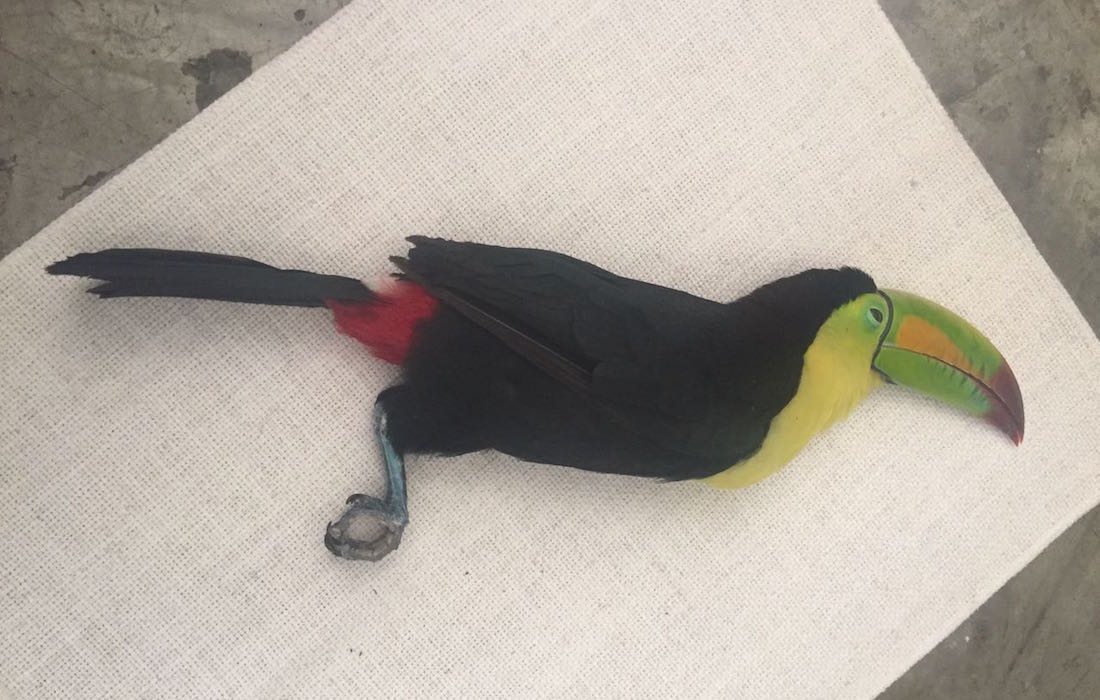The finding of trogons and toucans in urban areas of Quintana Roo, Campeche and Yucatan during 2017, launched a protocol of contingency and an investigation into the migration of more than 400 birds to the city, which conclusions were announced on December.
According to a statement from the Conacyt Information Agency on January 11, the birds founded in the cities presented a fatigue condition, and the death of at least one hundred of them warned about the possibility of an alteration in their habitat, caused by the climate change and human activity.
In an interview, biologist Gisela Maldonado Saldaña, director of Kanantik and member of the State Committee for Wildlife Quintana Roo, explained that the birds reported are distributed in medium and high forests of the Yucatan Peninsula and rarely approach coastal or urban areas, because the type of food they require is only found in the rainforest.
However, during 2017, many sightings of these species were recorded, especially in Cancun, Playa del Carmen, Tulum, Holbox, Mahahual and Bacalar. “We observed erratic flights, they were too close to urban areas. Some were of these specimens were found trapped inside supermarket stores and other high-ceiling buildings, because they entered when the doors were open and then they could not exit” he said.

Dead Trogon (Google)
The representatives asked for help from civil society to report sightings and a communiqué, infographics and instructions were displayed in order to inform what to do in case of encountering an alive (or dead) species.
Maldonado Saldaña, biologist Rodolfo Raigoza Figueras and veterinarian Javier Carballar Osorio, in charge of the investigation declared that the sightings of approximatelly 400 of these birds were reported during the first four months of the year, and afterwards, no more sightings were reported.

Dead Toucan (Photo: SinEmbargo)
Within the framework of the Second Cancun’s Bird Festival, held on December 1 and 2, 2017, the wildlife management response group of the State Wildlife Committee presented preliminary conclusions of this phenomenon.
In addition, this group of experts mentioned that weather conditions such as an extreme drought that took place during the first months of 2017, could’ve delayed the flowering and fruit production, so this could be an environmental situation, perhaps even caused by climate change.
Biologist Rodolfo Raigoza Figueras warns that it is necessary to make a series of measurements before coming up with scientific value statistics.
“We are going to be watching closely for this type of sightings this year, and if it happens again, we already have a prior knowledge and a contingency protocol, ” Raigoza Figueras concluded.


